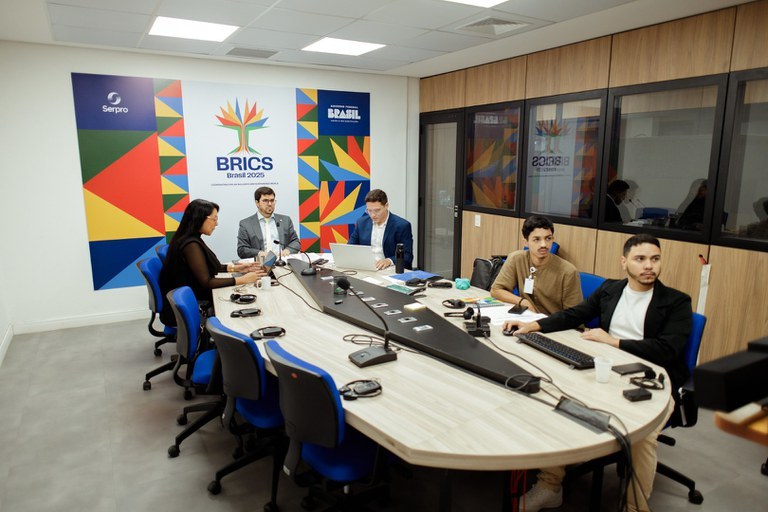The BRICS Network University includes 20 Brazilian institutions
Coordinated by the Brazilian Ministry of Education, the BRICS-NU International Governance Council oversees the expansion of member countries and participating institutions. The network promotes joint research, academic mobility, and innovation.

By the Brazilian Ministry of Education
On Monday, May 12, the Brazilian Ministry of Education (Ministério da Educação – MEC) chaired a meeting of the BRICS Network University (BRICS-NU) International Governance Council via videoconference. The event brought together representatives from governments and universities of member countries and marked the network’s 10th anniversary. In addition to MEC’s International Advisory Board (Assessoria Internacional), the International Relations Directorate of the Coordination for the Improvement of Higher Education Personnel (Coordenação de Aperfeiçoamento de Pessoal de Nível Superior/ CAPES) also participated.
The event also formalized the entry of new institutions into the network. In Brasil’s case, accession followed a process coordinated by CAPES and the National Coordinating Committee. As a result, the number of participating institutions was distributed as follows:
• South Africa: 14 institutions
• Brasil: 20 institutions
• China: 20 institutions
• Egypt: 20 institutions
• India: 12 institutions
• Iran: 19 institutions
• Russia: 20 institutions
• United Arab Emirates: 12 institutions
“The new appointments come at a time when Brasil is re-engaging with the network. We view BRICS-NU as an initiative capable of strengthening the diversification of external partnerships among Brazilian higher education institutions. Brasil’s relations with universities in BRICS countries still hold significant untapped potential — and these will be developed without prejudice to other partners, some of which are more established and contribute to the internationalization goals outlined in our educational plans,” said Francisco Figueiredo de Souza, Special Advisor for International Affairs, who moderated the session.
Background – Established in 2015, the BRICS Network University (BRICS-NU) brings together higher education institutions from BRICS countries to promote joint research, academic mobility, and innovative educational programs in thematic areas of common interest. The original network included institutions from Brasil, Russia, India, China, and South Africa. As of last year, institutions from Egypt, Iran, and the United Arab Emirates became eligible to join, with Indonesia and Ethiopia expected to follow in 2025.
In addition to this expansion in country participation, 2024 also saw an increase in the range of topics covered. BRICS-NU was originally structured around six focus areas: Computer Science and Information Security; BRICS Studies; Energy; Ecology and Climate Change; Water Resources and Pollution Control; and Economics. Five new fields were added: Health Sciences; Mathematics; Natural Sciences; Social Sciences and Humanities; and Sustainable Agriculture and Food Security.
With the updated list of participating institutions, Brasil is now represented in all 11 BRICS-NU thematic groups—nine of them with two institutions and two with one. Excluding those on the reserve list, the final selection includes two universities from the Central-West, four from the South, five from the Northeast, and nine from the Southeast. Campuses are located in both capital cities and interior towns. Notably, 50% of the selected proposals were submitted by female vice-chancellors. The full list is available here.
With the approval of the International Governing Board (IGB), and to improve institutional distribution across the 11 thematic groups, Brasil proposed raising the maximum number of participating universities per country. The new quota allows for up to 22 institutions, at the discretion of national committees, enabling the participation of up to two universities per country in each thematic group. The Brazilian national committee is expected to reconvene to determine how to proceed with the nomination of two additional institutions.
Discussions are still ongoing regarding the launch of a dedicated scientific journal, specific calls for faculty and student mobility, and the introduction of joint master's programs with multiple degrees.